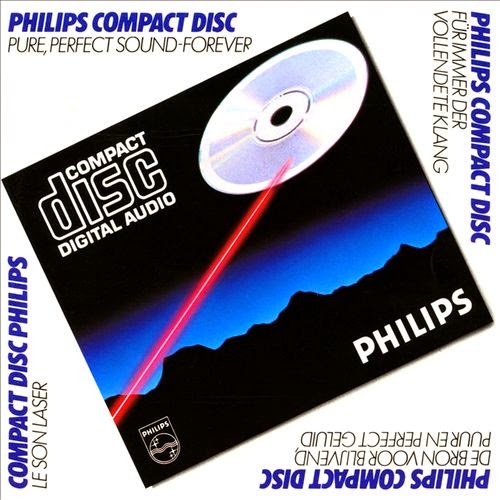PS Audio’s Copper magazine has an interesting piece by Tom Gibbs discussing that DoP is not true DSD and negatively affects sound quality:
Apparently, if you’re using a delta/sigma DAC that employs ESS SABRE PRO chipsets, and are listening to anything in the DSD realm from DSD 64 through DSD 256, the output isn’t actually native DSD – it’s converted via DoP.
… [snip] …
Their chipsets all convert DSD via DoP throughout the range from DSD 64 to DSD 256, and only the very highest DSD rate is replayed as native DSD with no conversion. That’s even true of their newest flagship chip, the ESS ES9039PRO, which allows for up to DSD 1024 natively – my current DAC, the Gustard X26Pro, has a pair of ESS ES9038PRO chips with the same limitations.
I can’t begin to tell you how that information shocked me – I think I had a more intense reaction to that revelation than some of the analog guys probably did during the big Mobile Fidelity controversy last year! Dalibor had been telling me for a couple of years to avoid any devices that used DoP for DSD (and there are a lot of them), because the PCM conversion that is part of the DoP process negatively impacts the sound quality.
… [snip] …
Of course, there are tons of audio professionals and audiophiles who will tell you that bits are bits, and digital is only 1s and 0s, and that DoP has zero impact on sound quality. There couldn’t possibly be any difference between DoP and native DSD. Dalibor tells me they’ve been testing this premise for years now, and in their findings, DoP always sounds worse than native DSD.
Enjoy.
Copper Magazine: An Exciting and Inexpensive Device to Improve SACD Playback – Well, Maybe Not!
